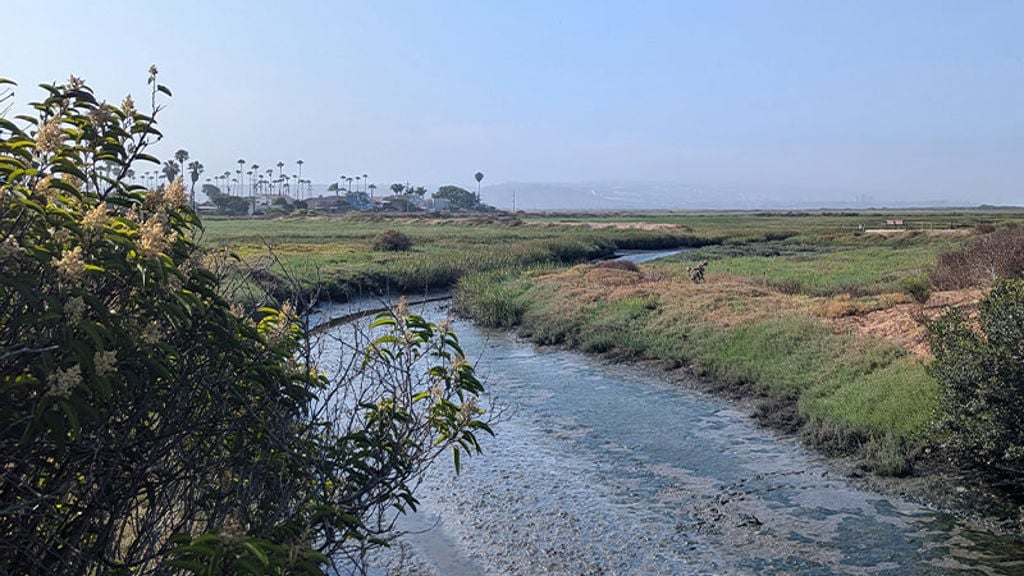Inflow and Infiltration (I&I) is one of the most persistent and complex challenges for wastewater network operators and is often the root cause of storm overflow spills. For Severn Trent Water, addressing I&I in a particular catchment was a potential solution to reduce the storage volume required to meet environmental targets and regulatory requirements. However, I&I is a moving problem where traditional methods are reliant on manual data analysis and manual inspections, which are time-consuming and costly.
Arup, in partnership with InfoTiles, adopted a new approach to help Severn Trent Water address I&I in Gloucester, England, using AI and machine learning to make data driven decisions. We conducted a 16-week programme that focused on utilising existing data, where InfoTiles uncovered meaningful patterns and trends within numerous datasets while Arup acted as the critical link between data and action.
The Arup InfoTiles partnership brings together Arup’s engineering insights and InfoTiles’ AI-driven analytics, coupled with Severn Trent’s operational expertise, creating a synergy that unlocks the full potential of existing asset data.
I&I is a continuous battle, but by combining AI with data analytics, utilities can make smarter, faster, and more cost-effective decisions. Through an engineering lens, the Arup InfoTiles partnership provided clear, data evidenced insights to inform the future steps to address I&I in the catchment.
Our approach
The 16-week programme focused on utilising existing data, firstly focusing on cleaning the wastewater network GIS data before quantifying inflow and infiltration to combat I&I in Gloucester, England. Through starting with the available data, the team could begin the journey towards a more intelligent and resilient wastewater network.
Poor data quality in the underlying data can be a key difficulty in I&I management, often resulting in manual corrections to understand the existing network connectivity. However, through this initiative, the pioneering use of PipeFusion (a machine learning tool that identifies disconnected or mislabelled assets in wastewater networks) demonstrated how ML can generate efficiencies to reduce the number of manual corrections required. The output from the PipeFusion analysis created a GIS network that could be utilised for AI analytics.
SewerIntelligence (an AI-powered analytics platform that helps quantify and visualise inflow and infiltration) has proven that even with imperfect data, AI-driven insights can unlock tangible insights. The quantification of I&I enables Severn Trent to highlight high-risk areas and prioritise future interventions where they would have greatest impact to create the maximum return on investment. The user interface can instantly highlight areas where interventions may have a great or lesser significant impact. The surplus treatment cost of I&I allows for a cost-benefit of investing in this catchment to reduce I&I analysis to be undertaken.
Scaling the AI approach across the Severn Trent Network
The success of this initiative in Gloucester has demonstrated the potential for scaling AI and ML-driven solutions across Severn Trent’s entire network. If integrated into real-time operations, this approach could enable STW to monitor the impact of interventions as they happen and analyse long-term catchment trends. This would not only strengthen future business cases but also demonstrate return on investment through the data itself. By digitalising I&I analysis, STW are enabling proactive, data-driven decision-making and demonstrating their innovation principles of curiosity, courage, care and pride.
By embracing digital transformation, Severn Trent is not only addressing immediate infrastructure challenges but also laying the foundation for a more resilient, sustainable, and intelligent wastewater network. As this AI-powered approach expands across the UK, it promises to revolutionise how utilities manage and mitigate the impact of inflow and infiltration—ensuring a more resilient future for water management.







